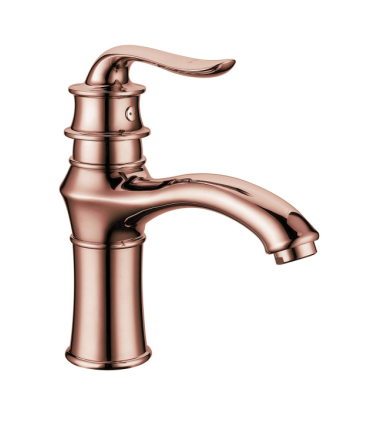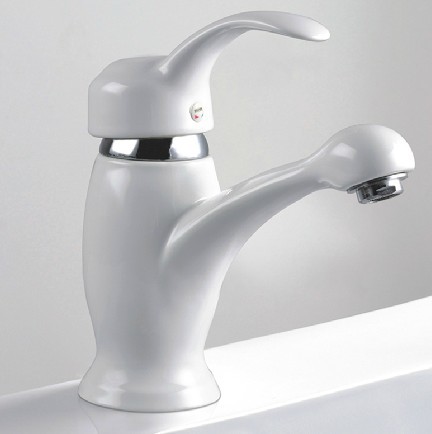Explain the development history of modern faucets
In life, the water is the most directly touched by each household. It is also the last pass to ensure the quality of domestic water. How do you know about the development history of the faucet? Today, Xiao Bian will bring you all together. Getting acquainted.

With the development of modern water taps, with the development of economy and science, there have been various kinds of faucets such as cast iron, plastic, copper, alloy, ceramic, and stainless steel. Among them, the cast iron faucets have gradually been eliminated, and all-plastic faucets are mostly used in special fields. Nowadays, household faucets most commonly contacted include copper, alloys, ceramics, and stainless steel faucets. Alloy faucets have become more and more out of sight because they are harmful to health. Although ceramic and stainless steel faucets have their own advantages, they are generally expensive and difficult to process, so the types and quantities of products are less. The copper faucet occupies the dominant position of the faucet material market with its excellent cost performance.
1, copper faucet
Pure copper faucets are made of pure copper, chrome-plated on the surface, with high gloss and high anti-wear and anti-corrosion properties. Mainly in its own copper content and process to distinguish the quality of the pros and cons. The copper used in the plumbing industry is mainly 59 copper. The figure is the copper content. The higher the copper content is, the higher the density is, and the heavier the weight, so the weight is one of the criteria for identifying the faucet grade.

2, alloy faucet
Compared with copper faucets, the price of alloy faucets is much lower and the faucet is easier to produce on a large scale. Among them, zinc alloys are used in large quantities, and zinc alloy faucets are harmful to the human body and are not very durable. At present, zinc alloys can be used as faucet handles and some bathroom hardware accessories. As the zinc alloy plating process is very mature, and some manufacturers will specifically increase the weight of the zinc alloy faucet, it is difficult to distinguish it from the copper faucet by weight and appearance. For your health, it is still recommended to purchase a faucet that has passed the relevant certification and evaluation agency.
3, ceramic faucet
Ceramic faucets, as the name suggests, are the leading ceramic makers. Compared with other faucets, ceramic faucets have the advantages of no rust, no oxidation, and no wear. Ceramic faucets look beautiful, because the shell is also a ceramic product, so it can be matched with the bathroom products, adding the artistic sense of ceramic products, bring out the bathroom upscale temperament.

4, stainless steel faucet
Stainless steel faucets do not contain lead, and are resistant to acids, alkalis, corrosives, harmful substances, and sources of tap water. It is understood that the current 304 stainless steel faucet surface does not need to be electroplated, its surface only need to be polished can show the true nature of stainless steel, and can continue to maintain the silver-white luster, never rust, stainless steel, hardness and toughness are higher than copper products 2 times more. However, the hardness, toughness, melting and cutting of stainless steel are much more difficult than copper and the cost is high.
<\p><\div>
AUTRENDS INTERNATIONAL LIMITED , https://www.petspetscleaning.com